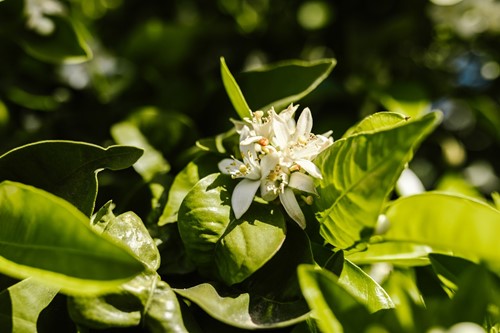
The night blooming jasmine vine is a popular addition to summer gardens, but also grows successfully indoors. With the right care and conditions, you can enjoy the climbing vines and flowers this plant has to offer in your own home. Here are some key tips for growing night-blooming jasmine indoors:
Night blooming jasmine prefers indirect bright light when grown indoors. A south-facing window should provide the right amount of sun throughout the day, but the morning rays from an east-facing window work as well. During the winter, reduce the amount of time the plant is in direct sun.
The correct soil composition is essential to a happy indoor jasmine plant. Choose a potting mix modified with bark, coir or other organic materials. Drainage is key, so make sure the soil you use is porous and not packed too tightly in the container.
Indoor night blooming jasmine won't need as much watering as when grown outdoors, but still prefers to stay moist. Water thoroughly to provide even moisture throughout the pot, but only water again when the surface feels dry to the touch. Be aware if you plant your night blooming jasmine in a terracotta or clay pot, you will need to water more frequently, as the container will absorb excess moisture.
One major thing to note about growing night blooming jasmine indoors is its toxicity. Night blooming jasmine is in the same family as nightshade plants, and all parts of the plant are harmful to humans and animals if ingested. Be aware of your jasmine fruiting, as well: the plant will produce clusters of white berries along with the blooms. To minimize risk to curious pets, prune the berries as soon as you notice them, as they can be deadly.
When given the right conditions and care, a jasmine plant can grow for decades. Keep these tips in mind if you're considering bringing this beautiful plant into your houseplant collection.